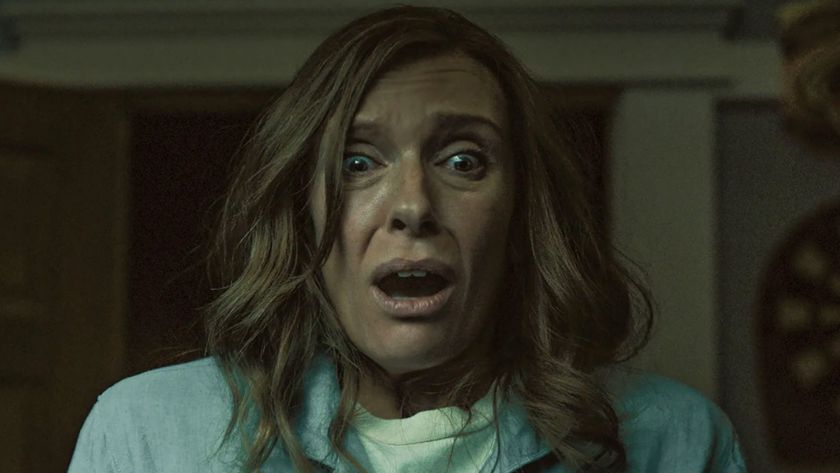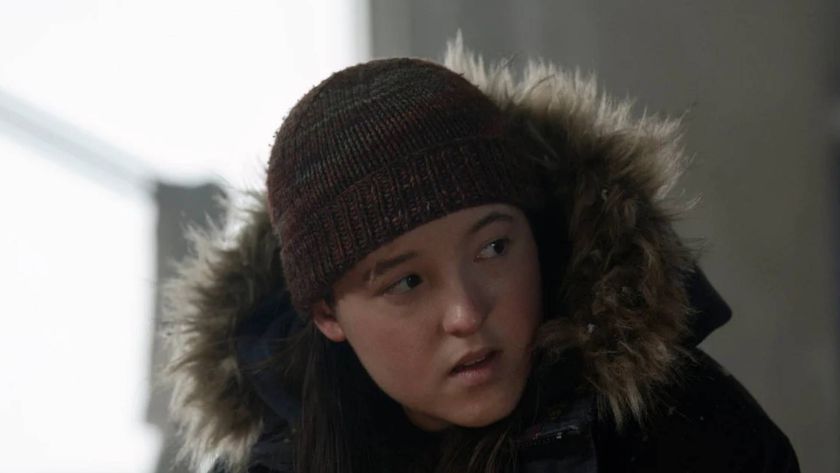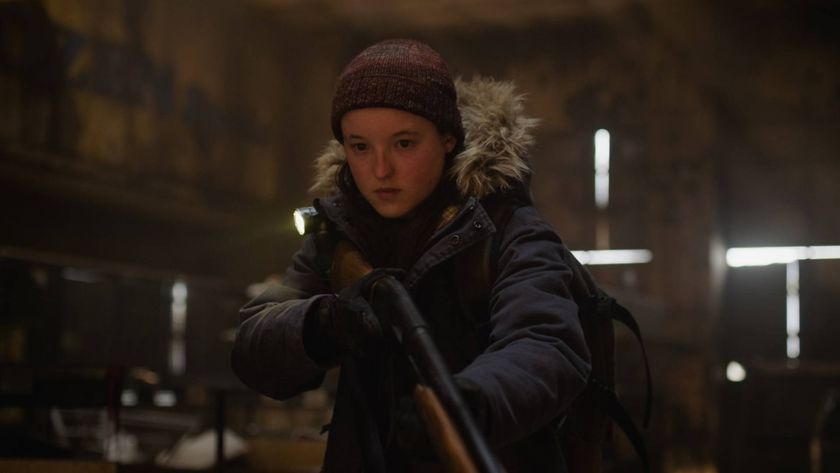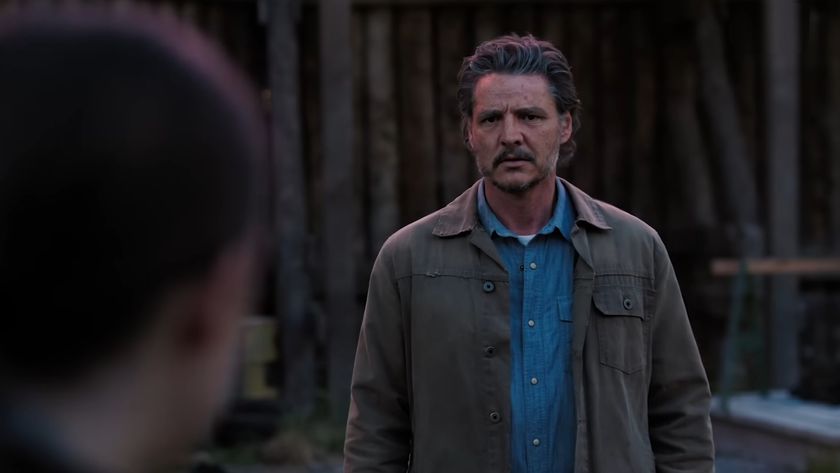Skinamarink recaptures a primal horror we’ve not felt since Blair Witch
It's all the things you forgot you were afraid of
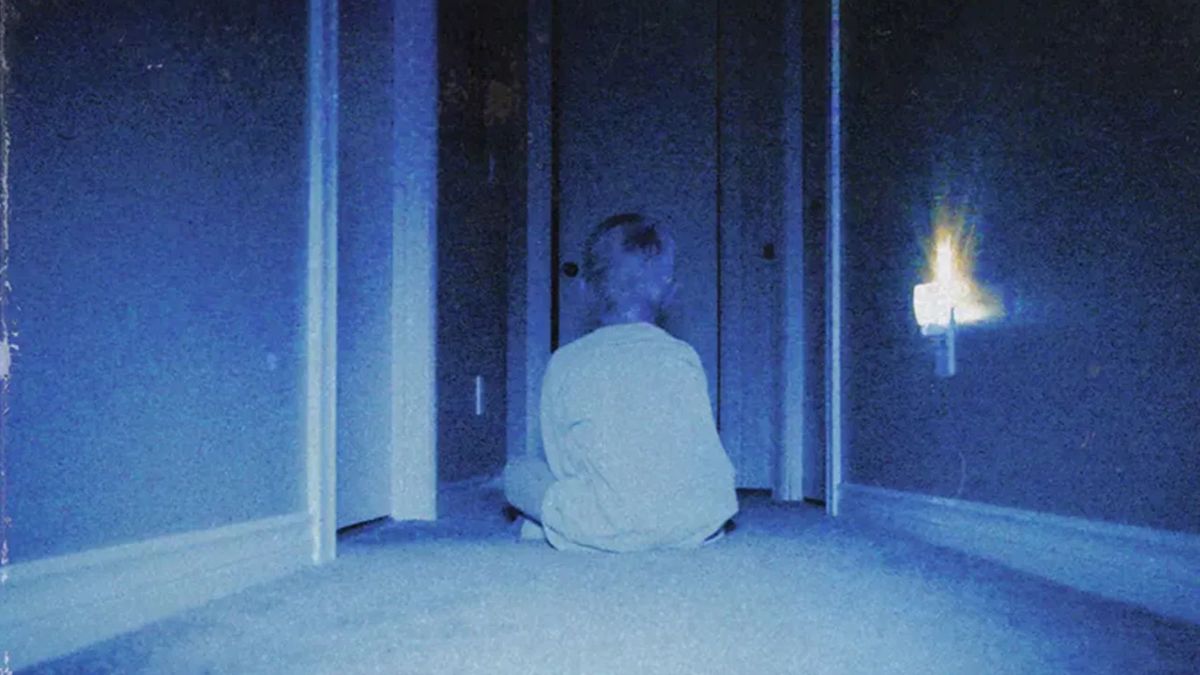
Warning: Mild spoilers ahead!
I used to have nightmares in the Old House. They weren’t frequent, they were vivid: so much so that I can still see, hear, and feel them some 24 years later. Being a little kid in a big house was always fun up until nighttime hit, and even night-lights couldn’t keep the monsters away. Darkness is a primal fear.
Skinamarink knows this. In fact, Skinamarink knows this so well that it’s shot through a filter of grain and static – effectively concealing our adult eyes from what lies within the shadows. The viewer spends the majority of the film squinting as hard as they possibly can, trying to make out what’s in the darkness. Something is always there.
It’s this technique that makes the indie horror such a hair-raising, panic-inducing experience. Director Kyle Edward Ball, in his first feature debut, shot the film in his childhood home. “I'd had a nightmare when I was little, Ball said (H/T Deadline). “I was in my parents' house, my parents were missing, and there was a monster. And lots of people have shared this exact same dream.”
He’s right. In my nightmares at the Old House, my parents were always missing, and there was always a monster. But these were no ordinary monsters, like werewolves or swamp things, and neither is the monster in Skinamarink. Throughout the movie, we don’t really ever see it (not clearly, anyway), but we hear it. Our tiny protagonists, Kevin and Kaylee, talk to it, bravely. And though I initially left the theater feeling a bit underwhelmed that we spent most of the film in the dark and didn’t get to see the monster that terrorized us for an hour and ninety minutes, that all changed when I returned to the quiet darkness of my apartment. It’s like I was five years old again: what was waiting there in the shadows? What couldn’t I see? What were those noises? I didn’t sleep. I talked back to every creak and squeak I heard. I tried to be brave, like Kevin and Kaylee.
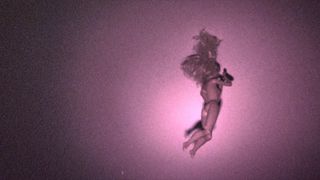
Critics and movie-goers alike have compared Skinamarink to The Blair Witch Project – and they’re right. It’s not necessarily the shaky, choppy camerawork (purposely done to give us anxiety) or even the low-quality nature of the camera. It’s the fact that we never see the monster. Sure, we hear about the Blair Witch the entire film and watch as about a dozen things go horribly wrong – but then we enter a dark house, we hear screams, Heather drops her camera, we cut to black. I went home thinking, ‘Huh, that was it?’ But upon entering my dark echoey house and trying to feel around in the dark for the door to my teenage bedroom, I experienced a fear I hadn’t felt since I was small. I slept with all of the lights on that night, as if nothing could ever harm me as long as I had the glow of a lamp.
It’s not just the darkness, though, that makes Skinamarink such an unnerving ride. It’s the use of children’s toys, scattered about the house and moving seemingly on their own, as well as the constant blaring of old, cheerful cartoons from the TV in the living room. We don’t know what’s happening to the kids or why the windows and doors have disappeared from the house – the only constant we have is the bright white, bluish glow from the TV and the old-timey piano music from the cartoons. It’s the only thing we have to hold onto, really: whenever the camera cuts back to the TV, we can take a little breath. We still expect it to flicker on and off or change channels, but no, aside from a series of glitches...it’s more or less the most normal thing left in that house. It’s all the kids have.
Sign up for the Total Film Newsletter
Bringing all the latest movie news, features, and reviews to your inbox
Eventually, the toys, Barbie dolls and Lego and blocks, move farther and farther away, and the parents disappear. The house phone disconnects. A voice starts to beckon from upstairs, but it’s drowned out by the music and sound effects coming from the TV. When the TV periodically turns off, that small, faint feeling of safety disappears. It’s silent and dark. We know something is in the house, and thanks to some brilliantly cinematography and camera work by Ball and Jamie McRae, we can feel that something is in the house.
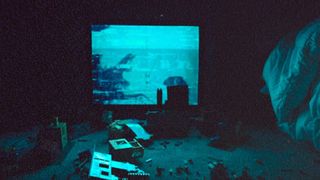
The prolonged moments of silence, darkness, and what you could even call lulls in the film, make the jump scares that much more terrifying – and the film doesn’t have many, nor does it need more than a few for pure nightmare fuel. There are very few characters, there is very little dialogue, and anything else added would just crowd a near-perfect haunted house film. But it’s more than that: the house is a liminal space, the house is a void, the house is a place that was once safe but may never have actually been safe in the first place. We don’t know what took place before the windows and doors started to disappear, and we don’t know what happened to the children after the credits roll. I’m still thinking about them, and I can’t stop.
Skinamarink is now playing in select theaters in the United States, and will be available to stream February 3 exclusively on Shudder.
For more, check out our list of the best horror movies to add to your streaming queue.

Lauren Milici is a Senior Entertainment Writer for 12DOVE currently based in the Midwest. She previously reported on breaking news for The Independent's Indy100 and created TV and film listicles for Ranker. Her work has been published in Fandom, Nerdist, Paste Magazine, Vulture, PopSugar, Fangoria, and more.
